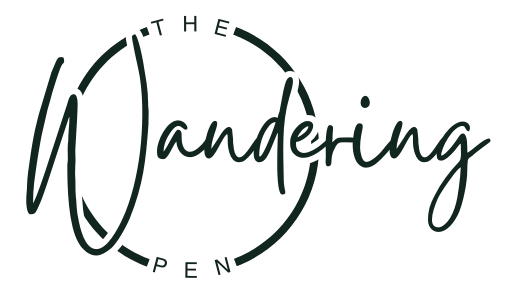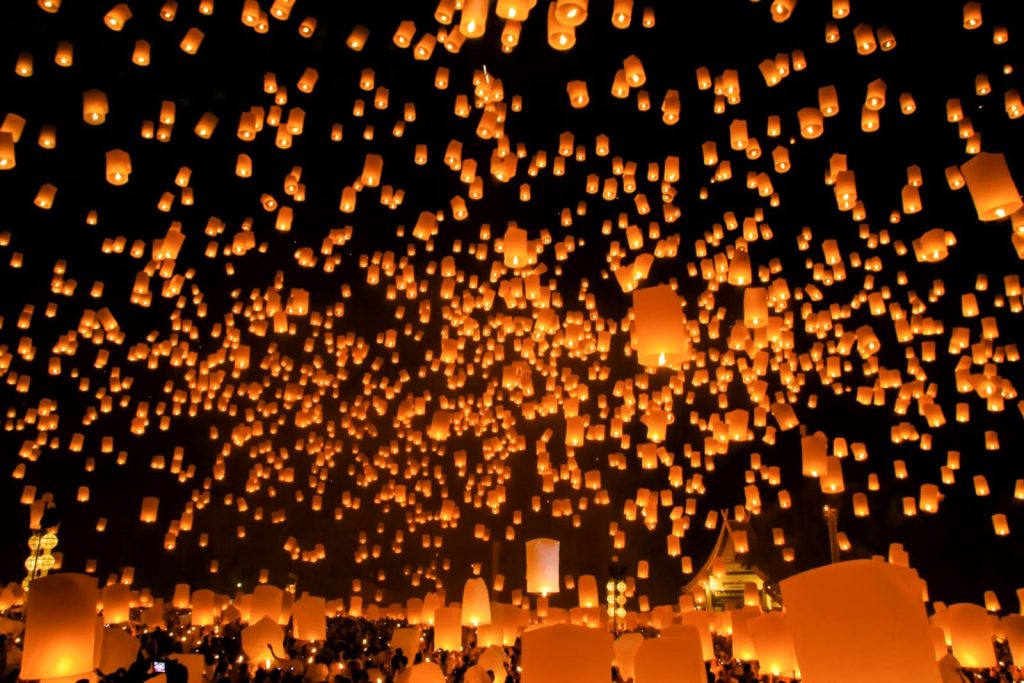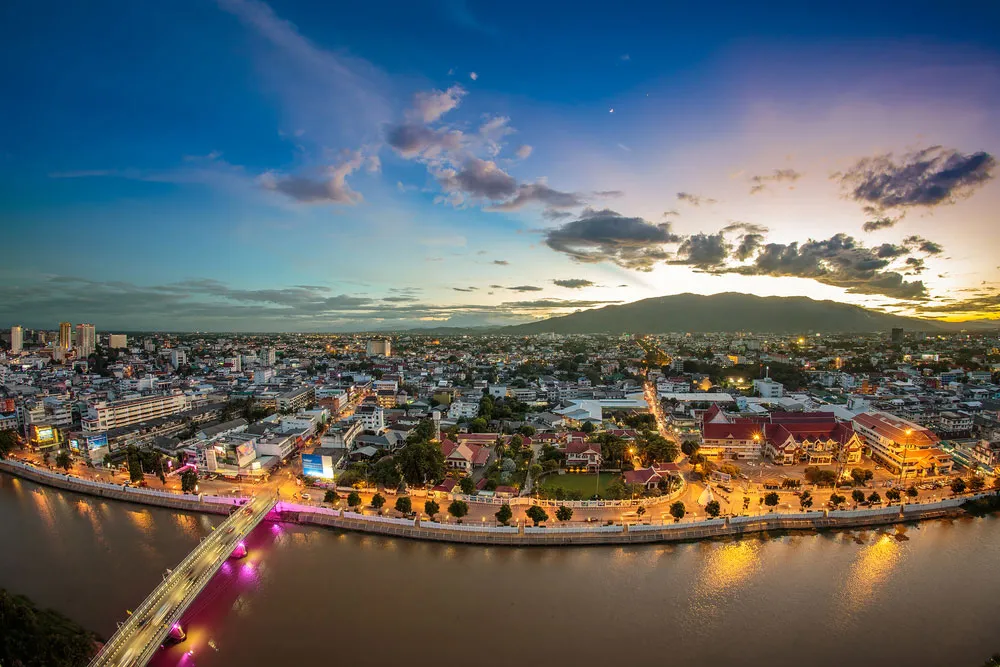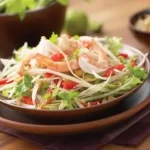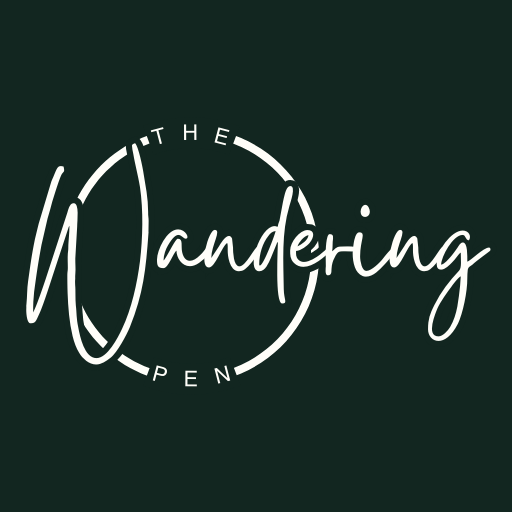Chiang Mai, once the capital of the ancient Lanna Kingdom, was founded by King Mengrai in 1296, during the 13th century. In 1558, it fell under Myanmar’s control for about two centuries. In 1774, King Taksin recognized Chiang Mai’s strategic importance, recaptured it, and integrated it into Thailand. By the reign of King Rama V, Chiang Mai became the provincial capital of Monthon Payap, and later, under King Rama VII, it was part of Phra Pok Klao Chao Yu Hua province. Today, it stands as a province of its own.
The name “Chiang Mai” translates to “New City” in Thai—Chiang meaning “City” and Mai meaning “New.” Though established in the 13th century, it was considered new compared to Chiang Rai, the “City of the King,” named after King Mengrai. Located in northern Thailand, about 700 kilometers from Bangkok, Chiang Mai is regarded as the northern capital and the country’s second-largest tourism hub. Often called the “Rose of the North,” it exudes a peaceful charm with its slow, laid-back pace of life. The city boasts a unique culture and diverse tourism offerings, from relaxing retreats to adventurous outings, all steeped in Lanna traditions. Visitors can explore spiritual sites like Phra That Doi Suthep temple, shop along Nimmanhemin Road, browse local souvenirs at the Walking Street, or sip coffee at stylish cafés. Chiang Mai also claims some of the best cuisine in northern Thailand, making it an exciting destination for Vietnamese travelers.
Loy Krathong & Yi Peng Festivals
Held annually on the full moon night of the Thai lunar calendar, the Loy Krathong Festival is one of Chiang Mai’s most vibrant and unmissable events. It celebrates and showcases the distinctive culture of the Lanna people, an ancient kingdom absorbed into Thailand. The festival’s highlight is the release of sky lanterns to pray for peace and blessings from the Buddha, accompanied by fireworks displays, lantern-making contests, and grand parades featuring lanterns and floats. The main festivities typically take place at Tha Phae Gate, with additional scheduled activities at the Three Kings Monument and Chiang Mai City Hall.
Though often confused as one, Loy Krathong and Yi Peng are distinct festivals. Loy Krathong involves floating candlelit krathongs (small baskets) on rivers, while Yi Peng is known for its sky lanterns. Loy Krathong is the larger event, celebrated in major cities like Bangkok, Chiang Mai, and Sukhothai, whereas Yi Peng is particularly famous in Chiang Mai and northern Thailand for the breathtaking sight of thousands of lanterns illuminating the night sky.
5-Day, 4-Night Chiang Mai Itinerary for the 2018 Yi Peng Festival
Here’s a suggested itinerary for exploring Chiang Mai during the Loy Krathong Festival, based on a 2018 experience, which can serve as a reference for future years.
Day 1: Hanoi – Chiang Mai
The journey begins in the afternoon. After arriving at Chiang Mai’s airport, visitors are greeted with a warm welcome—often a jasmine flower garland, a symbol of the festival that brings a sense of purity and serenity with its white petals and lingering fragrance. After settling in, take some time to rest before heading out to explore the night market.
In the evening, wander through the Chiang Mai Night Bazaar on Changklan Street, the city’s most famous and lively night market. Known as Thailand’s “king of night markets,” it’s a bustling spot perfect for an evening stroll, even if you’re not shopping. Stalls offer tourist-friendly items like t-shirts, bags, postcards, and textiles, though prices can be a bit steep—feel free to haggle for a 20-40% discount. There’s also a section for antiques and high-quality furniture, where careful bargaining is a must. Outside, street food vendors serve up Thai specialties alongside familiar fast-food chains like Burger King, McDonald’s, and Starbucks. The market runs daily from 5:00 PM to midnight. For dinner, try classics like Pad Thai (stir-fried noodles) or Nai Tong Tom Yum Noodle (spicy noodle soup)—two iconic Thai dishes not to miss.
Day 2: Chiang Mai – Wat Phra That Doi Suthep – Bhubing Palace – Chiang Mai Zoo – Yi Peng Festival
Start the morning early, before 9:00 AM, at Wat Phra That Doi Suthep to beat the crowds. Locals say, “If you haven’t been to Doi Suthep, you haven’t truly visited Chiang Mai.” This sacred temple, over 600 years old, is believed to house the spirits of ancestors, making it a cornerstone of Chiang Mai’s Buddhist heritage.
By 10:00 AM, visit Bhubing Rajanives Palace, the Thai royal family’s winter residence, nestled in the hills of Doi Buak Ha. Built in 1961, it offers a glimpse into royal life amid a tranquil setting.
In the afternoon, head to Chiang Mai Zoo & Aquarium, located at the foot of Doi Suthep. This expansive wildlife park is a haven for animal lovers, with tram rides available to explore its grounds.
Come evening, enjoy dinner and join the Yi Peng lantern parade around the old city moat and Tha Phae Gate. From 7:00 PM to 10:00 PM, the area near Nawarat Bridge and the Ping River comes alive with lantern displays and festivities.
Day 3: Chiang Mai Old City – Mae Sa Elephant Camp – Baan Tong Luang “Karen Long Neck Village”
In the morning, explore Chiang Mai’s Old City, starting at Tha Phae Gate. Visit 3D Art in Paradise, the region’s first 3D museum, featuring over 130 interactive paintings across six themed zones. Next, head to Mae Sa Elephant Camp, a 30-kilometer drive north of the city, where you can watch elephant shows and learn about conservation efforts in this scenic valley.
In the afternoon, visit Baan Tong Luang, home to the Karen “Long Neck” tribe, and Tiger Kingdom, a sanctuary for tigers that’s great for families. Wrap up with a stop at Elephant Poo Poo Paper Park, where you’ll see an eco-friendly process of turning elephant dung into handmade paper, alongside a look at Chiang Mai’s traditional papermaking history.
At night, choose between Chiang Mai Night Safari or more Yi Peng lantern festivities around the old city.
Day 4: Chiang Mai – Chiang Rai – White Temple – Black House – Golden Triangle
Join a day tour to Chiang Rai for a hassle-free trip. Stop at Thaweesin Hot Springs, then visit the striking White Temple (Wat Rong Khun) and the eerie Black House (Baan Dam), with a possible detour to the Blue Temple if time allows. Have lunch in Chiang Rai.
In the afternoon, reach the Golden Triangle, where Thailand, Laos, and Myanmar meet. Visit the Thai border marker, take a boat across the Mekong River to the Don Sao market in Laos, and stop by the Opium Museum before returning to Chiang Mai by evening.
Day 5: Chiang Mai – Shopping – Hanoi
Spend the morning relaxing or shopping at spots like LifeStyle Maya Shopping Mall, One Nimman Art & Culture Center, or Festival Chiang Mai Shopping Mall. Check out of your hotel by noon and head to the airport for the return trip.
Must-Try Foods in Chiang Mai
While following this itinerary, don’t miss out on Chiang Mai’s culinary delights:
- Khao Soi: A local staple, this dish features crispy fried noodles atop a rich curry broth, served with chicken or pork, and garnished with chili paste, shallots, lime, and pickled cabbage. It’s said you haven’t truly experienced Chiang Mai without trying it.
- Grilled Chicken Dishes: Look for spots offering affordable, delicious chicken combos—perfect for sharing.
- Pad Thai: A Thai classic, this stir-fried noodle dish is a must, especially at quirky local eateries with a fun vibe.
- Pizza: For a Western twist, try a large, flavorful pizza that’s beautifully presented and budget-friendly.
Chiang Mai during Loy Krathong offers a blend of cultural immersion, scenic beauty, and culinary delights—a perfect getaway for anyone seeking a memorable adventure.
